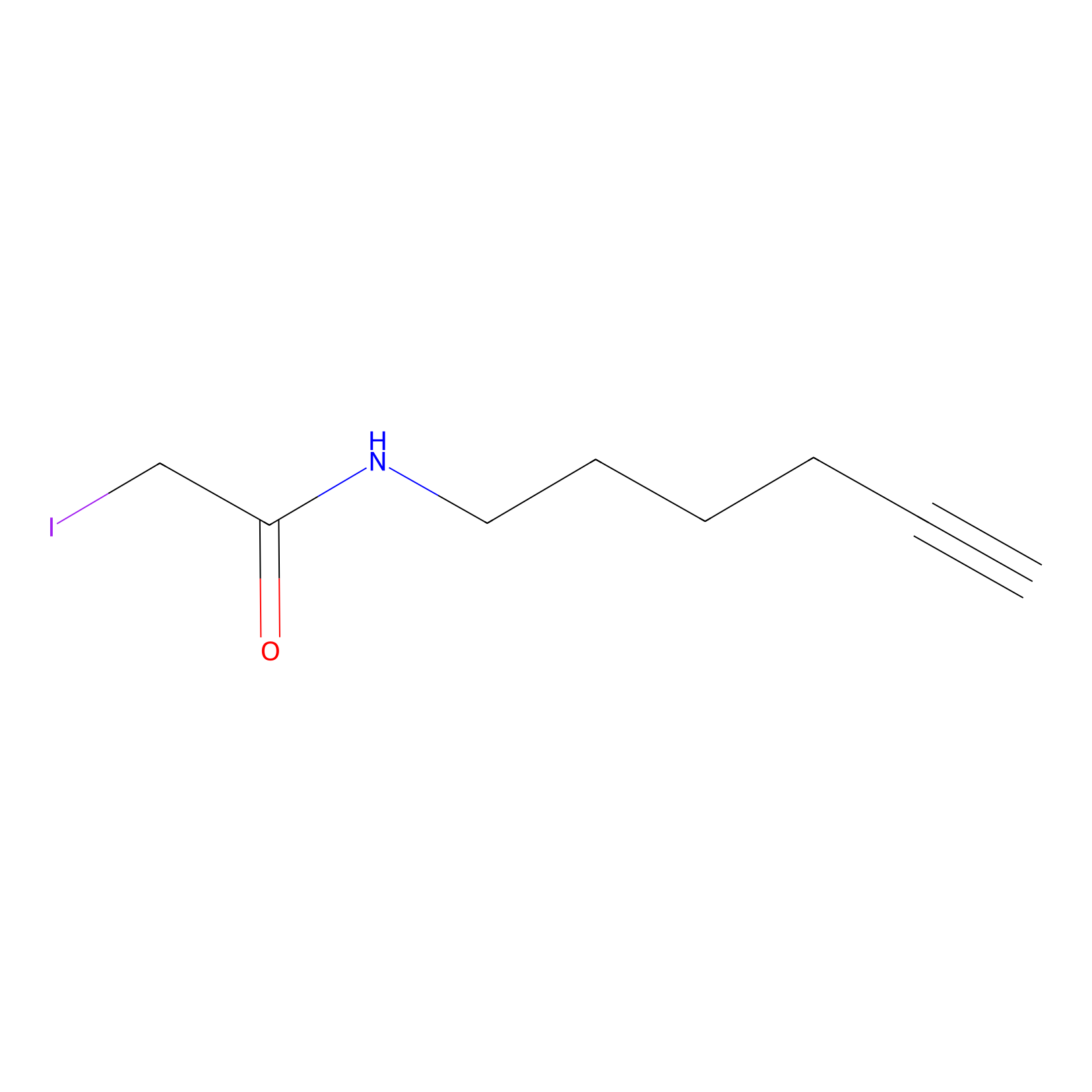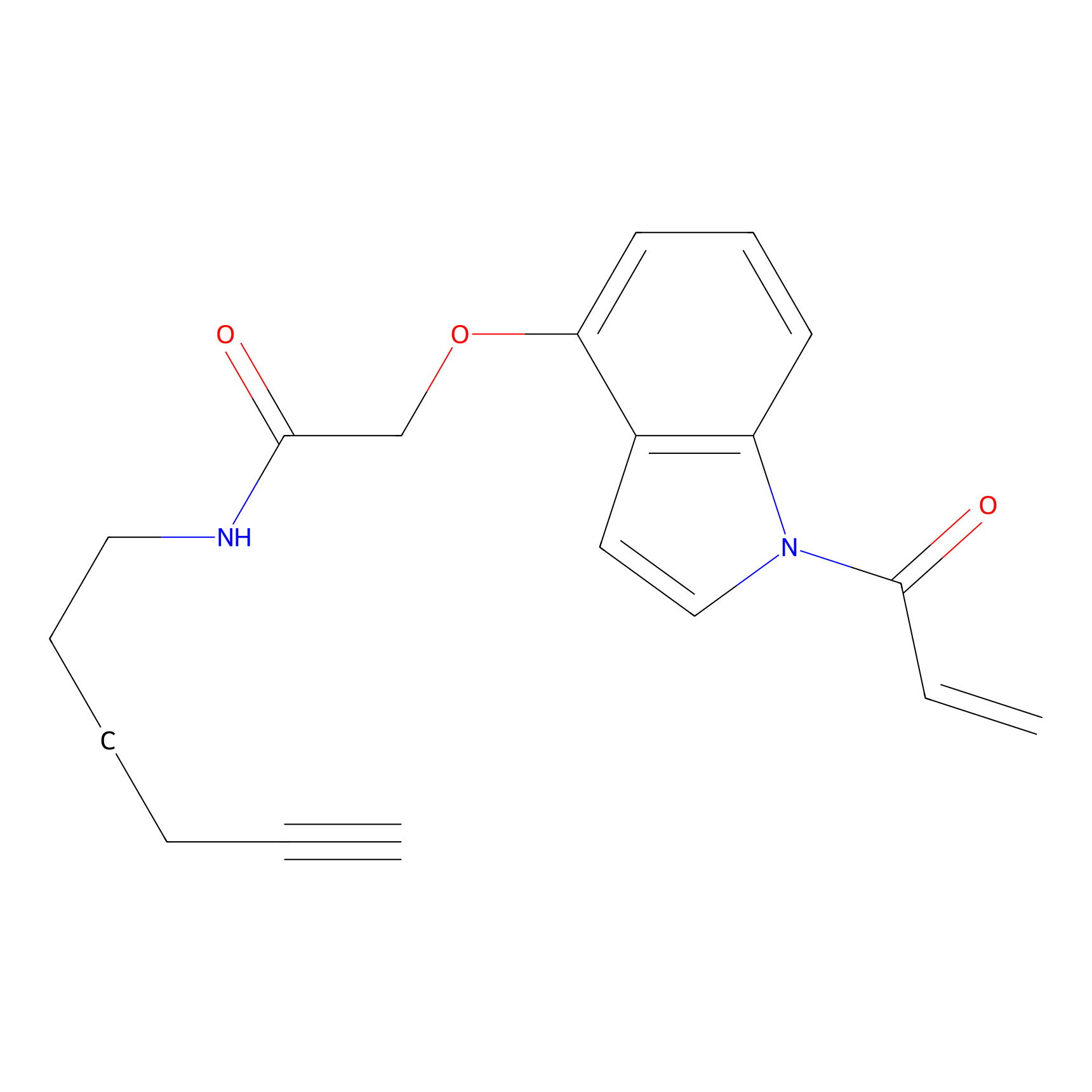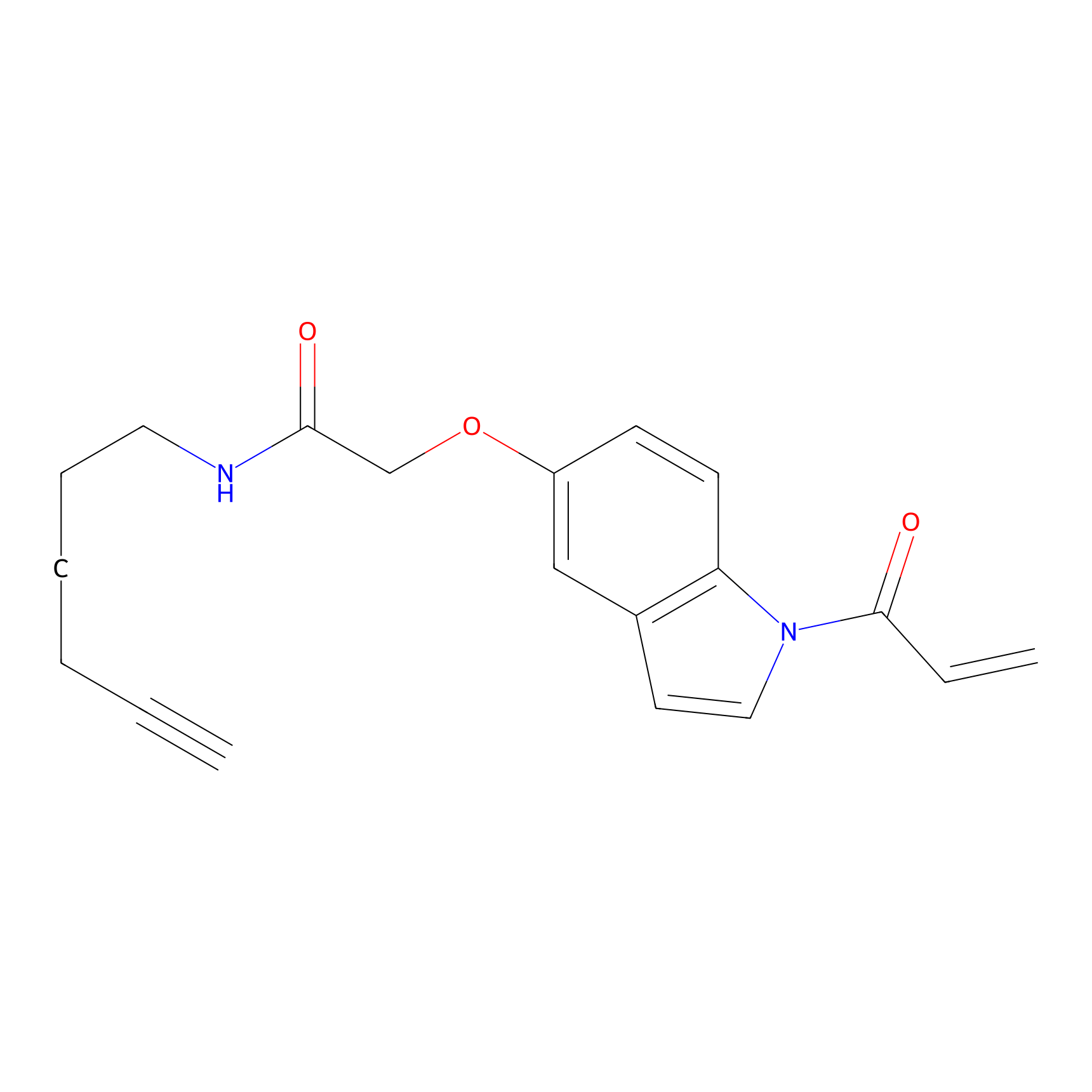Details of the Target
General Information of Target
| Target ID | LDTP12273 | |||||
|---|---|---|---|---|---|---|
| Target Name | DNA polymerase delta subunit 4 (POLD4) | |||||
| Gene Name | POLD4 | |||||
| Gene ID | 57804 | |||||
| Synonyms |
POLDS; DNA polymerase delta subunit 4; DNA polymerase delta subunit p12 |
|||||
| 3D Structure | ||||||
| Sequence |
MGRRRAPELYRAPFPLYALQVDPSTGLLIAAGGGGAAKTGIKNGVHFLQLELINGRLSAS
LLHSHDTETRATMNLALAGDILAAGQDAHCQLLRFQAHQQQGNKAEKAGSKEQGPRQRKG AAPAEKKCGAETQHEGLELRVENLQAVQTDFSSDPLQKVVCFNHDNTLLATGGTDGYVRV WKVPSLEKVLEFKAHEGEIEDLALGPDGKLVTVGRDLKASVWQKDQLVTQLHWQENGPTF SSTPYRYQACRFGQVPDQPAGLRLFTVQIPHKRLRQPPPCYLTAWDGSNFLPLRTKSCGH EVVSCLDVSESGTFLGLGTVTGSVAIYIAFSLQCLYYVREAHGIVVTDVAFLPEKGRGPE LLGSHETALFSVAVDSRCQLHLLPSRRSVPVWLLLLLCVGLIIVTILLLQSAFPGFL |
|||||
| Target Bioclass |
Enzyme
|
|||||
| Family |
DNA polymerase delta subunit 4 family
|
|||||
| Subcellular location |
Nucleus
|
|||||
| Function |
As a component of the tetrameric DNA polymerase delta complex (Pol-delta4), plays a role in high fidelity genome replication and repair. Within this complex, increases the rate of DNA synthesis and decreases fidelity by regulating POLD1 polymerase and proofreading 3' to 5' exonuclease activity. Pol-delta4 participates in Okazaki fragment processing, through both the short flap pathway, as well as a nick translation system. Under conditions of DNA replication stress, required for the repair of broken replication forks through break-induced replication (BIR), a mechanism that may induce segmental genomic duplications of up to 200 kb. Involved in Pol-delta4 translesion synthesis (TLS) of templates carrying O6-methylguanine or abasic sites. Its degradation in response to DNA damage is required for the inhibition of fork progression and cell survival.
|
|||||
| Uniprot ID | ||||||
| Ensemble ID | ||||||
| HGNC ID | ||||||
| ChEMBL ID | ||||||
Target Site Mutations in Different Cell Lines
| Cell line | Mutation details | Probe for labeling this protein in this cell | |||
|---|---|---|---|---|---|
| KPNYN | SNV: p.H91P | . | |||
| LNCaP clone FGC | SNV: p.K89N | . | |||
| MOLT4 | SNV: p.S24I | . | |||
| NCIH2052 | SNV: p.F52S | DBIA Probe Info | |||
| NCIH2170 | Deletion: p.T65HfsTer24 | . | |||
Probe(s) Labeling This Target
ABPP Probe
| Probe name | Structure | Binding Site(Ratio) | Interaction ID | Ref | |
|---|---|---|---|---|---|
|
DBIA Probe Info |
 |
C61(1.70) | LDD3312 | [1] | |
|
IA-alkyne Probe Info |
 |
C99(0.33) | LDD2182 | [2] | |
|
NAIA_4 Probe Info |
 |
N.A. | LDD2226 | [3] | |
|
NAIA_5 Probe Info |
 |
N.A. | LDD2223 | [3] | |
Competitor(s) Related to This Target
| Competitor ID | Name | Cell line | Binding Site(Ratio) | Interaction ID | Ref |
|---|---|---|---|---|---|
| LDCM0632 | CL-Sc | Hep-G2 | C99(20.00) | LDD2227 | [3] |
| LDCM0625 | F8 | Ramos | C99(0.70) | LDD2187 | [2] |
| LDCM0573 | Fragment11 | Ramos | C99(5.80) | LDD2190 | [2] |
| LDCM0576 | Fragment14 | Ramos | C99(0.85) | LDD2193 | [2] |
| LDCM0566 | Fragment4 | Ramos | C99(0.80) | LDD2184 | [2] |
| LDCM0569 | Fragment7 | Ramos | C99(0.60) | LDD2186 | [2] |
| LDCM0022 | KB02 | Ramos | C99(0.33) | LDD2182 | [2] |
| LDCM0023 | KB03 | Ramos | C99(0.50) | LDD2183 | [2] |
| LDCM0024 | KB05 | HMCB | C61(1.70) | LDD3312 | [1] |
References
